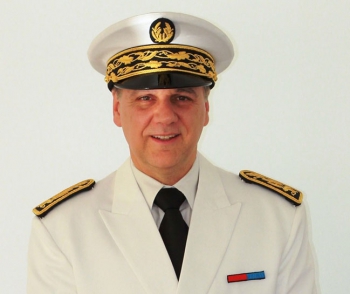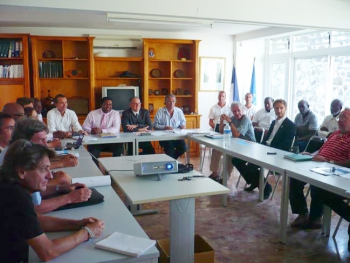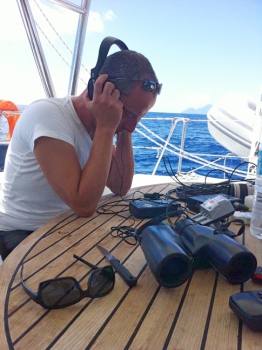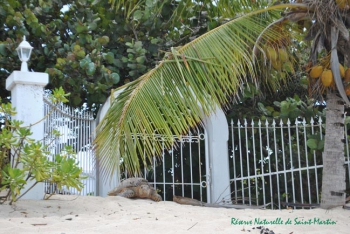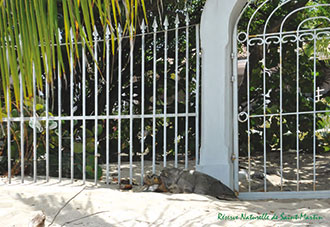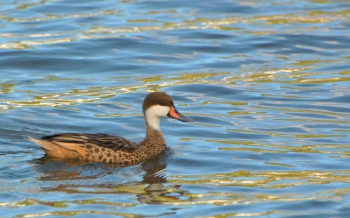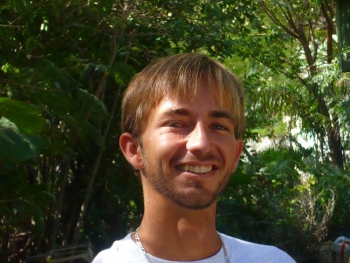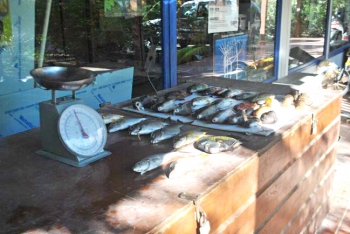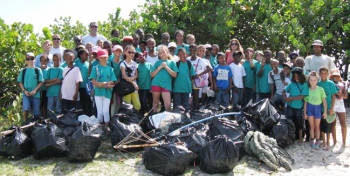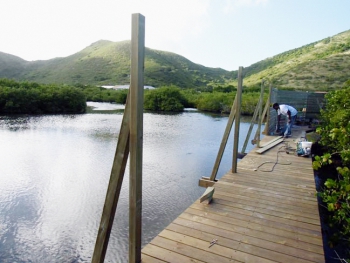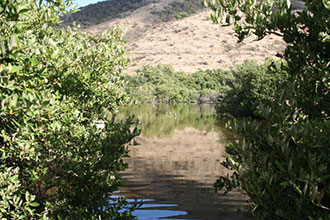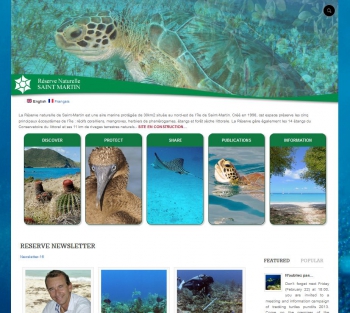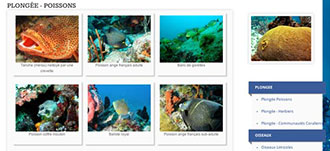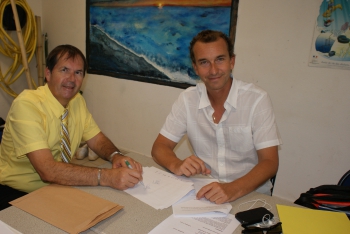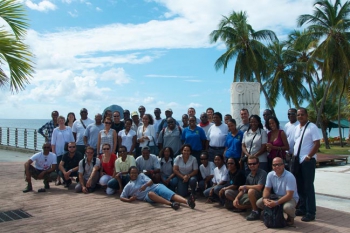The members of the Advisory Committee met at the Prefecture on October 26th, 2012, and voted on four important elements for the Nature Reserve.
To begin the session, Alain Richardson, President of the Collectivity, confirmed his support for the actions carried out by the Reserve and announced the Collectivity’s financial support towards the Nature Reserve’s 2013 budget. A first! Since its creation in 1998, neither the municipality nor the Collectivity have ever offered any financial support to the Reserve. The Committee thanked the President for this action, as well as the ongoing recognition of the acts carried out by the Reserve.
Already listed under the Ramsar Convention in conformance with its salt ponds, the Saint-Martin Nature Reserve has recently been recognized by the Cartagena Convention on two counts, firstly with respect to its rich biodiversity on a regional scale within the Caribbean, and secondly for the quality of effort it undertakes to preserve the environment. The Reserve thus figures as one in amongst eighteen protected marine areas in the Caribbean, having priority to support materials and funding.
The Bay of the Embouchure’s Users Committee will soon be seeing the light of day. Made up of the District Council, the Prefecture, the Collectivity, Maritime Affairs, schools, the Association Tropikite, the Association Métimer and the tourism representatives that appear on the Nature Reserves’ website, this committee will offer advice to the Advisory Committee on the various activities that are practiced on the site - swimming, swimming lessons, horseback riding, water sports, surfing ... - and their compatibility with respect to the natural environment, and also the users of this site.
It was decided to create a working group to define the criteria and procedures of bait fishing within the Reserve. As even although the decree written at the time of the creation of the Nature Reserve states the possibility of this type of fishing by commercial fishermen, it gives no precisions as to how this activity could be practiced. So it will be up to the professional fishermen from Saint-Martin, the Guadeloupe Fisheries Committee, Maritime Affairs, the Prefecture and the Nature Reserve to come up with the modalities for seasonal fishing.
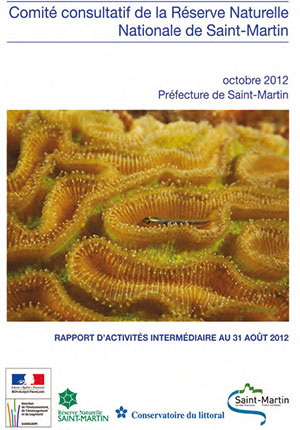
The Advisory Committee What is it ?
composed of 35 members and chaired by the Préfet, the advisory committee follows the actions carried out by the nature Reserve and provides advice on the way it is run. What with the need to discuss matters, in 2012, Préfet chopin initiated the convention of the committee for meetings twice a year. on october 26th, the importance of the Reserve’s actions pertaining to environmental education was mentioned and its substantial capacity for self-financing - 15% of its annual budget - through the maritime passenger fee, was highlighted.

